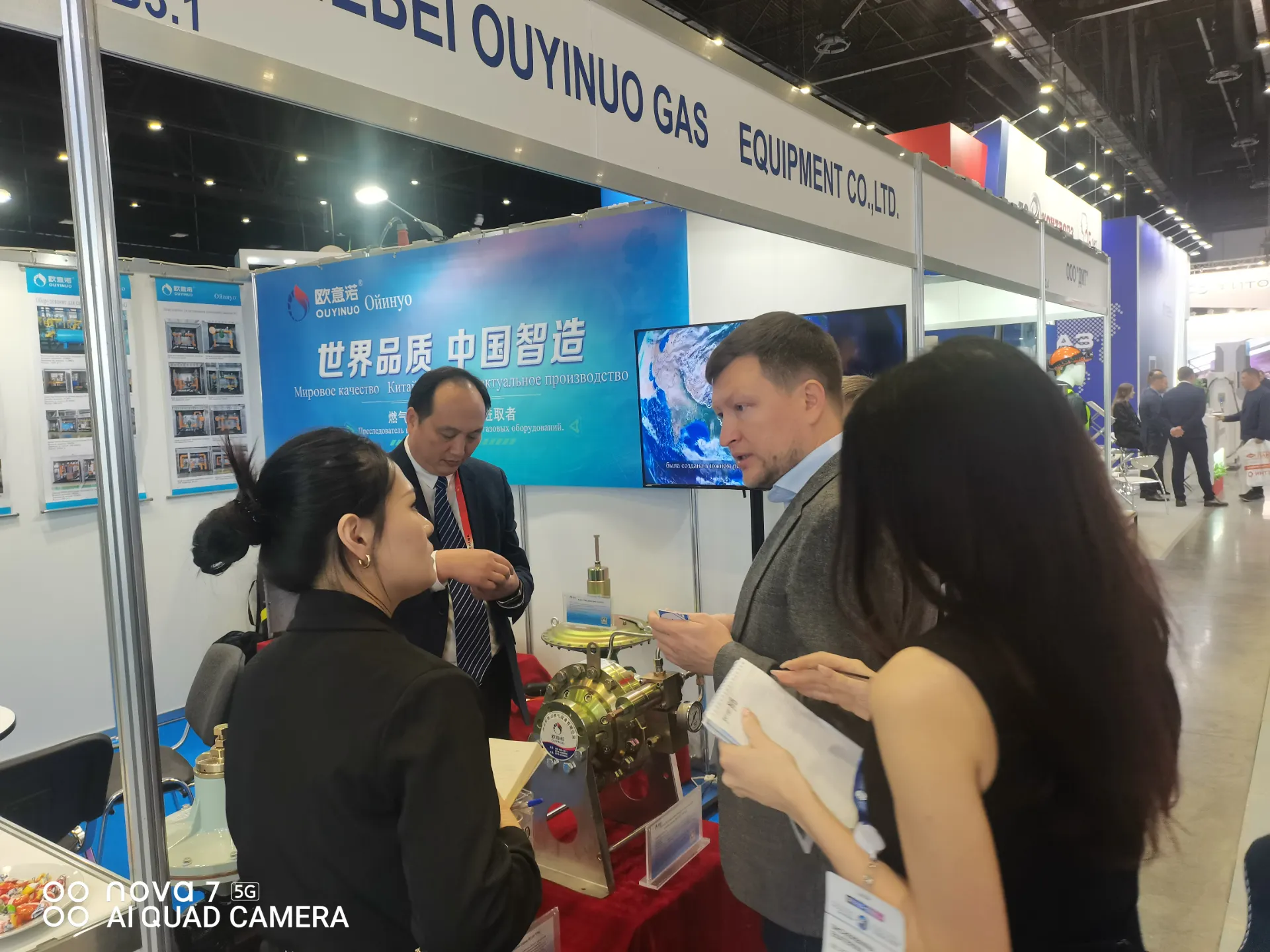
Dec . 04, 2024 16:42
Back to list
safety relief valve
Understanding Safety Relief Valves A Critical Component in Pressure Management
Safety relief valves are essential devices used in various industries to protect equipment and personnel from the dangers associated with overpressure situations. These valves are designed to automatically release excess pressure from a system to prevent catastrophic failures, ensuring operational safety and reliability.
Safety relief valves operate based on a simple principle when the pressure within a system reaches a predetermined set point, the valve opens to allow some of the pressurized substance to escape. This process reduces the internal pressure, thereby protecting the integrity of the equipment. The valve will remain open until the pressure falls back to a safe level, at which point it will close and reestablish the system's pressure equilibrium.
These valves are commonly employed in boilers, pressure vessels, pipelines, and other systems where gas or liquid is contained under high pressure. For example, in a steam boiler, if the pressure exceeds the maximum allowable limit, a safety relief valve will activate to prevent a potentially dangerous explosion. Similarly, in chemical processing, maintaining the right pressure levels is crucial to ensure the safe handling of volatile substances.
safety relief valve

The design of safety relief valves can vary depending on the application requirements and the types of fluids involved. There are two primary types spring-loaded valves and pilot-operated valves. Spring-loaded valves utilize a spring mechanism to hold the valve closed against system pressure. When the pressure exceeds the set point, the spring compresses, allowing the valve to open. Pilot-operated valves, on the other hand, use a smaller valve (the pilot) that controls the main valve's operation. These can provide better performance and tighter sealing, particularly in larger systems.
Selecting the right safety relief valve requires careful consideration of several factors including the pressure rating, the set pressure, the size of the valve, and the nature of the fluid being handled. It is crucial to choose a valve that is compatible with the system's specifications to ensure optimal performance and safety. Additionally, the proper installation and regular maintenance of these valves are essential to ensure they function correctly when needed. Failure to maintain safety relief valves can lead to serious accidents, equipment damage, and even loss of life.
In many jurisdictions, regulatory standards dictate the use of safety relief valves in specific applications. Industry standards, such as those set forth by the American Society of Mechanical Engineers (ASME), provide guidelines for the design, installation, and maintenance of these critical devices. Compliance with these standards is not only a legal requirement but also a best practice to ensure workplace safety.
In conclusion, safety relief valves play a vital role in managing pressure within various industrial systems. Understanding their functionality, types, and importance can help engineers and operators maintain safe working conditions. By ensuring that safety relief valves are correctly chosen, installed, and maintained, industries can prevent the risks associated with overpressure situations, ultimately safeguarding both personnel and equipment. As we move towards more automated and high-pressure processes, the importance of these safety devices will continue to grow, reinforcing the need for diligent attention to their operation and maintenance.
Next:
Latest news
-
Safety Valve Spring-Loaded Design Overpressure ProtectionNewsJul.25,2025
-
Precision Voltage Regulator AC5 Accuracy Grade PerformanceNewsJul.25,2025
-
Natural Gas Pressure Regulating Skid Industrial Pipeline ApplicationsNewsJul.25,2025
-
Natural Gas Filter Stainless Steel Mesh Element DesignNewsJul.25,2025
-
Gas Pressure Regulator Valve Direct-Acting Spring-Loaded DesignNewsJul.25,2025
-
Decompression Equipment Multi-Stage Heat Exchange System DesignNewsJul.25,2025

